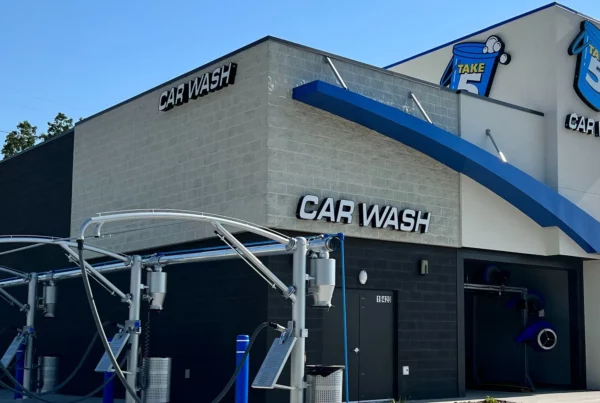It’s Not What You Make, It’s What You Keep: Tax Savings for NYC Multifamily Owners
8/18/2017
It’s not what you make, it’s what you keep. While helping New York City owners buy and sell investment properties, the ultimate objective is very clear: either improve cash flow or increase appreciation. Becoming more tax efficient is a very important part of that strategy. This month, I have asked Rob Rahner from Cost Recovery Solutions to explain cost segregation and why it’s beneficial for New York City multifamily owners.
Let’s Hear From Rob…
Real estate ownership is a fairly straightforward concept when it comes to the financial model: maximize revenue and decrease expenses to maximize cash flow and pay income taxes on the profit. One somewhat mysterious item when calculating taxes is depreciation.
Land is non-depreciable and the rest is written off over 27.5 years. That is, unless you obtain a cost segregation study to accelerate depreciation deductions and potentially eliminate your taxable income.
Case Studies
For example, on some recent assets, we were able to achieve the following for our owners:
- 40-unit multifamily – tax savings of $600,000 over first 5 years
- 30-unit multifamily – tax savings of $425,000 in first year
- 70-unit new construction multifamily – tax savings of $1.5 million in first year
What is Cost Segregation?
Cost segregation is an engineering-based tax strategy that immediately increases your income and decreases your federal tax liability by maximizing the depreciation of select assets in your building. Instead of the usual 27.5 year structural building depreciation, cost segregation reclassifies assets designated by the IRS as “personal property” and “land improvements” that can be depreciated over 5, 7, or 15 years. By doing so, the depreciation for your asset is increased.
Another way of looking at would be that the depreciation for your asset is compressed into the earlier years, instead of being spread out over 27.5. On average, a property with a cost of $5 million, excluding land, should expect increased cash flow benefits of at least $200,000.
[ctt template=”4″ link=”62YkS” via=”no” ]It’s not what you make, it’s what you keep.[/ctt]Which Assets Can Be Reclassified?
Here are some examples of assets that can be reclassified:
IRS approved 5/7-year assets include:
- Carpet/Wood/Laminate Flooring
- Specialty Millwork/Cabinetry
- Electrical/Plumbing Dedicated to Appliances
IRS approved 15-year assets include:
- Sidewalks
- Asphalt/Concrete Paving
- Fences/Retaining Walls
- Underground Storm Drainage
To see further assets, you can look at industry specific guidance on cost segregation at the IRS (https://www.irs.gov/businesses/cost-segregation-audit-techniques-guide-table-of-contents)
When and How Can It Be Done?
A cost segregation study can be performed on new construction, an acquisition, or a previously owned property. The best time to perform a study is during construction or when first acquired, but a retroactive study can be employed for properties that have been owned for up to 15 years without amending prior tax returns.
Basic floor plans and a survey are helpful but not required. Other descriptive information such as an appraisal are also helpful but not required. Cost segregation specialists can estimate the relative value of the property components through a detailed site visit, so limited information is not a problem.
Do All Properties Qualify?
Tax advantages of a cost segregation study vary by property type. Generally, property with a cost basis of at least $1 million will qualify. The tax savings you receive will depend on the specific assets and land improvements in and around your building.
Rob is the Managing Director of Cost Recovery Solutions, a firm specializing in cost segregation. Rob has over 20 years of experience and brings his Big 4 experience to CRS where he oversees all cost segregation projects to clients nationwide. Rob is also an active member of The American Society of Cost Segregation Professionals (ASCSP) and is the Chair of the Education Committee of the ASCSP. Rob can provide estimates of savings for specific properties at no cost with minimal information such as Address, Purchase Price/Date, and depreciation schedule. Rob can be reached at rob@crscostseg.com.
facebook LinkedIn Instagram Twitter




